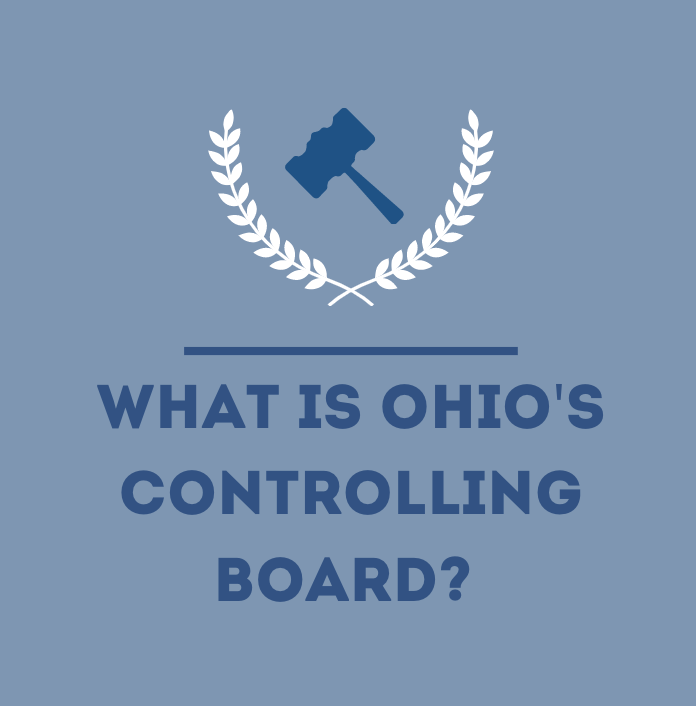What is the Controlling Board?
The Controlling Board is a mechanism for handling necessary adjustments to the state budget. Established in 1917, the Controlling Board is an instrument that provides supervision and authority over the transfers of capital and operating appropriations, or alterations to the state budget. It specifically decides on matters of the purchase of goods and services, real estate acquisition and leases, and the transfers, releases, and formations of capital and operating appropriations according to the state budget. The Controlling Board has authority over the certain capital and operating expenditures by state agencies and has approval authority over three key parts of state government: fiscal and budgetary, purchasing, and limited legislative oversight. More specifically:
- Waivers of competitive selection to agencies when an agency’s purchases or leases from a specific vendor exceed the amounts specified in law
- Appropriation releases for capital construction projects
- Loans and grants made through the Department of Development
- Loans and subsidies made through the Department of Education to local school districts
- The transfer of appropriation authority between line items within a fund in an agency and increases in appropriation authority in some funds
More detailed information about the Controlling Board can be found in the Controlling Board Manual.
Why does the Controlling Board exist?
The Controlling Board exists so that there is a designated legislative body that has authority over proposed modifications and adjustments to the state’s budget and appropriations. Controlling Board offers review and adjustment of budget and appropriations, and the relevant state agencies’ related actions. It can be thought of as another layer of checks and balances and legislative oversight.
Who is on the Controlling Board?
According to O.R.C. 127.12, the Controlling Board consists of seven members. This includes the President of the Board (the Director of Office of Budget Management or the Director’s designee), the Chair or Vice Chair of the Senate Finance Committee (as decided by the Senate President), the Chair or Vice Chair of the House Finance-Appropriations Committee (as decided by the Speaker of the House), one appointed majority party member from each chamber, and one appointed minority party member from each chamber. Click here for a list of current members.
How does something go before the Controlling Board?
Based on the listed authorities and responsibilities of the Controlling Board, a state agency can determine whether their request is within Controlling Board jurisdiction and whether a Controlling Board request needs to be made. A request to the Controlling Board provides information on the type of request, the agency involved, the monetary amounts involved, applicable requested appropriation transfers, or releases of funds. These requests can be made on the Controlling Board portal. There are Capital Requests, Operating Requests, Operating Transfer Requests, Fund/Appropriation Requests, and Land Acquisition Requests. Each of these requests have different requirements, but they generally all require a request form, certain required information, and attachments. After all materials are submitted by 9 a.m., 21 days prior to the next Controlling Board meeting, OBM, LSC, and Controlling Board members review it. Then, the request makes it onto the Controlling Board meeting agenda.
When does the Controlling Board meet?
The Controlling Board must meet at least once per month per O.R.C. 127.13, and tends to meet every other Monday at 1:30 p.m. throughout the year. The meeting schedule is released each October for the next calendar year and the agendas are available two weeks in advance. Both are available from the Controlling Board by clicking here.
Where does the Controlling Board meet?
The Board meets in the North Hearing Room of the Statehouse Senate Office Building unless otherwise noted. The meeting schedule and location can be found here.

